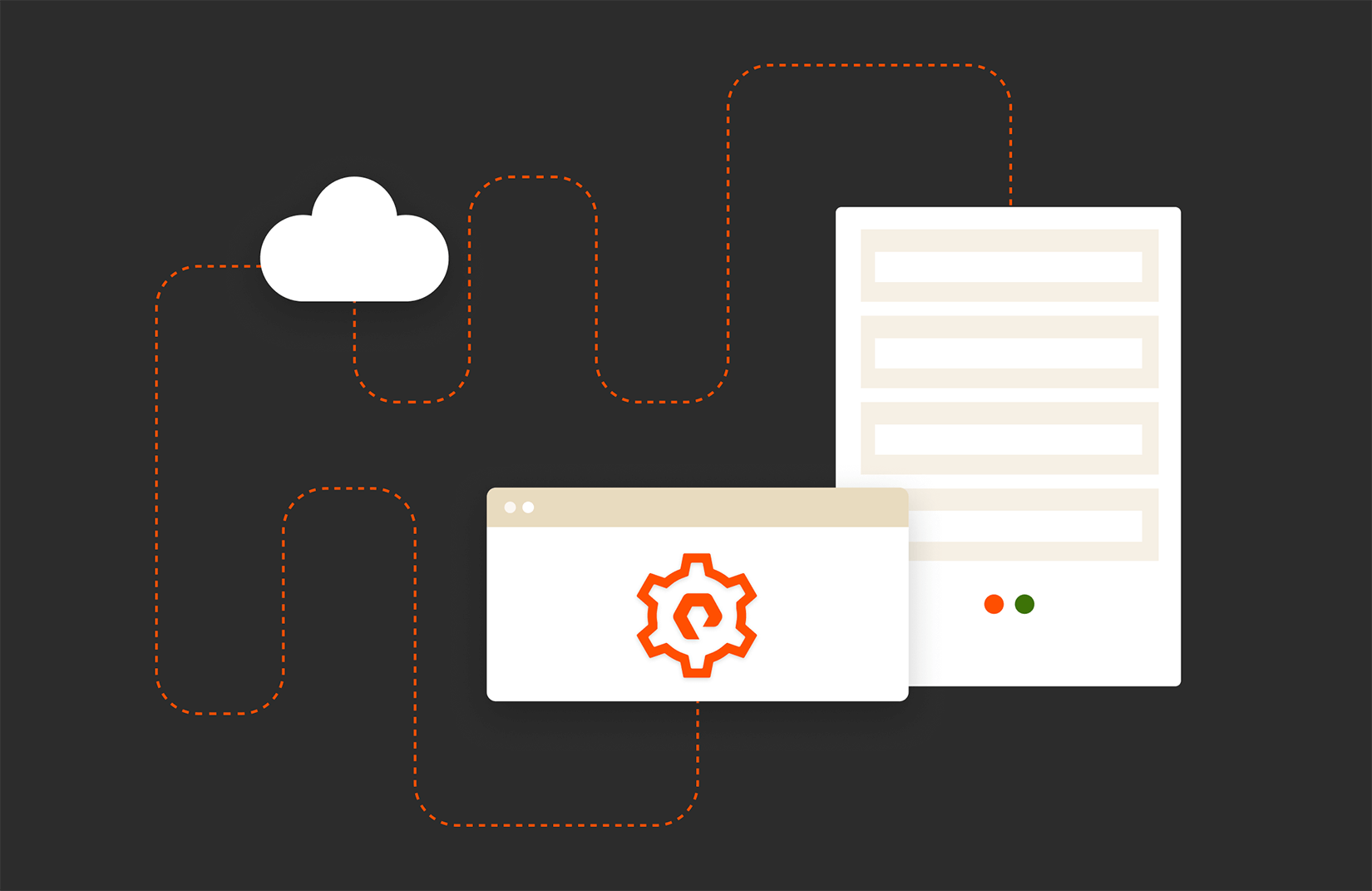If the events of the past 18+ months have taught us anything, it’s that modern businesses—and their CIOs and other IT leaders—can’t afford not to think and act with agility.
They must be able to make both proactive and reactive decisions so that, ideally, the first type of decision-making makes the second more successful. And they must be confident they have the right IT infrastructure and technology partners in place to help them field whatever curveballs—from natural disasters to ransomware attacks—get thrown their way.
When agility helps make your business more resilient from an IT perspective, what does it look like? A session at our Pure//Accelerate® Digital conference explored this exact topic: “The Agility Imperative: Developing a Digital Infrastructure That’s Ready for Anything.” Two inspirational IT leaders, Kim LaGrue, CIO for the City of New Orleans, and Adam Rasner, vice president of technology operations for auto retailer AutoNation, explained how proactive IT decision-making has been instrumental in helping their organizations navigate unique circumstances that have demanded fast reactions.
Here’s just some of what they shared with us:*

White Paper, 7 pages
Learn What’s Helping CISOs Sleep Better at Night
And how you can too.
Agility vs. Ransomware
Only a few weeks after the collapse of the Hard Rock Hotel construction project in October 2019, the City of New Orleans faced another crisis: a major ransomware attack.
At the first sign of malicious activity, LaGrue said her team moved fast to shut down hundreds of critical devices and systems and disconnect the city’s network from the internet. And they did so under the added pressure of meeting the mayor’s edict that “the work of the city would not stop.”
LaGrue said the work of the City of New Orleans didn’t stop, but making that happen required the IT team to be “very agile” about the work that they were doing behind the scenes. She explained, “We had to reimagine how we’d keep working and decide whether we would rebuild and move forward. We also had to be very transparent and very communicative about this incident with the public.”
In response to the ransomware attack, which thankfully didn’t get as far as encryption or ransom demands, LaGrue and her team made a proactive decision to update the city’s underperforming, legacy storage platform and migrate to Pure Storage®. This move, they believed, could help the City of New Orleans be even more agile when reacting to future crises. (They didn’t have to wait long to prove that theory as the COVID-19 pandemic would emerge in early 2020.)
For a closer look at how Pure Storage helped the City of New Orleans get back online after a ransomware attack, watch this on-demand session from Pure//Accelerate Digital.
Agility vs. Pandemic Disruption
Back in 2019, long before anyone had heard of COVID-19, AutoNation’s leadership set a course for a major digital transformation journey designed to modernize the car-buying experience for customers from end to end. Rasner said, “We’ve been working to make things more ‘Amazon-like,’ with the idea that if you don’t want to visit a showroom, you don’t have to. And we’d been progressing nice and slow along that path until the pandemic came along. Basically, that poured a lot of fuel on the fire.”
Forced to close its physical locations, except for its service centers, AutoNation needed to accelerate its digital transformation rapidly. The work the IT team had planned to achieve in about five months had to be compressed into just three months. “It was all hands on deck,” Rasner said.
Pure Storage is the foundation for AutoNation’s highly scalable IT infrastructure that supports its new and evolving digital experiences. “IT infrastructure that can scale, reliable cost modeling, and ease-of-use implementation all became really, really critical in this new world where the pandemic drastically changed priorities,” said Rasner. “It allowed us to meet the needs of the development teams working around the clock to build our new applications.”
The IT team’s success in helping AutoNation speed its digital transformation led to some impressive bottom-line results, according to Rasner. “In the first few months of the pandemic, we had some serious challenges—sales were down 60-70%. But then, we went into three or four record quarters in a row, which were historic records for the company,” he said. “I can’t say all of that was attributable to the new digital experience, but quite a bit of it was. Our CEO even mentioned it in several earnings releases, and I hadn’t seen that before.”
Agility vs. Whatever Comes Next
LaGrue and Rasner both said that the disruption of the pandemic has likely forever changed how their organizations—and their IT teams—operate. And the need to stay agile? It’s more critical than ever.
“We were always thinking about our one-year strategy, two-year strategy, lifecycling equipment, and so on,” said Rasner. “But now, we’re thinking much further out—about scenarios that we may never have thought about before. We’re also thinking much more deeply about what we may need to prepare for. I challenge my team to think about what could happen and how we would address it.”
LaGrue said now is the time for organizations to “throw all traditional thoughts about IT infrastructure out the window.” She explained: “The constructs we’ve looked at over years and years have to go away…As long as we look at technology as the enabler that it is and understand our business and the goals we’re working toward, then we’ll be ready to respond and remain creative about using technology to achieve those goals.”
See More Highlights from Pure//Accelerate Digital
If you’d like to view other sessions from our recent conference that you may have missed or want to revisit, explore our on-demand sessions. You can access even more insight into how Pure Storage can help your business become more agile—and resilient.
*Note: Quotes have been edited for readability and conciseness.
Written By:
Knock Out Ransomware
Test drive FlashBlade™ with built-in SafeMode snapshots.
![]()






